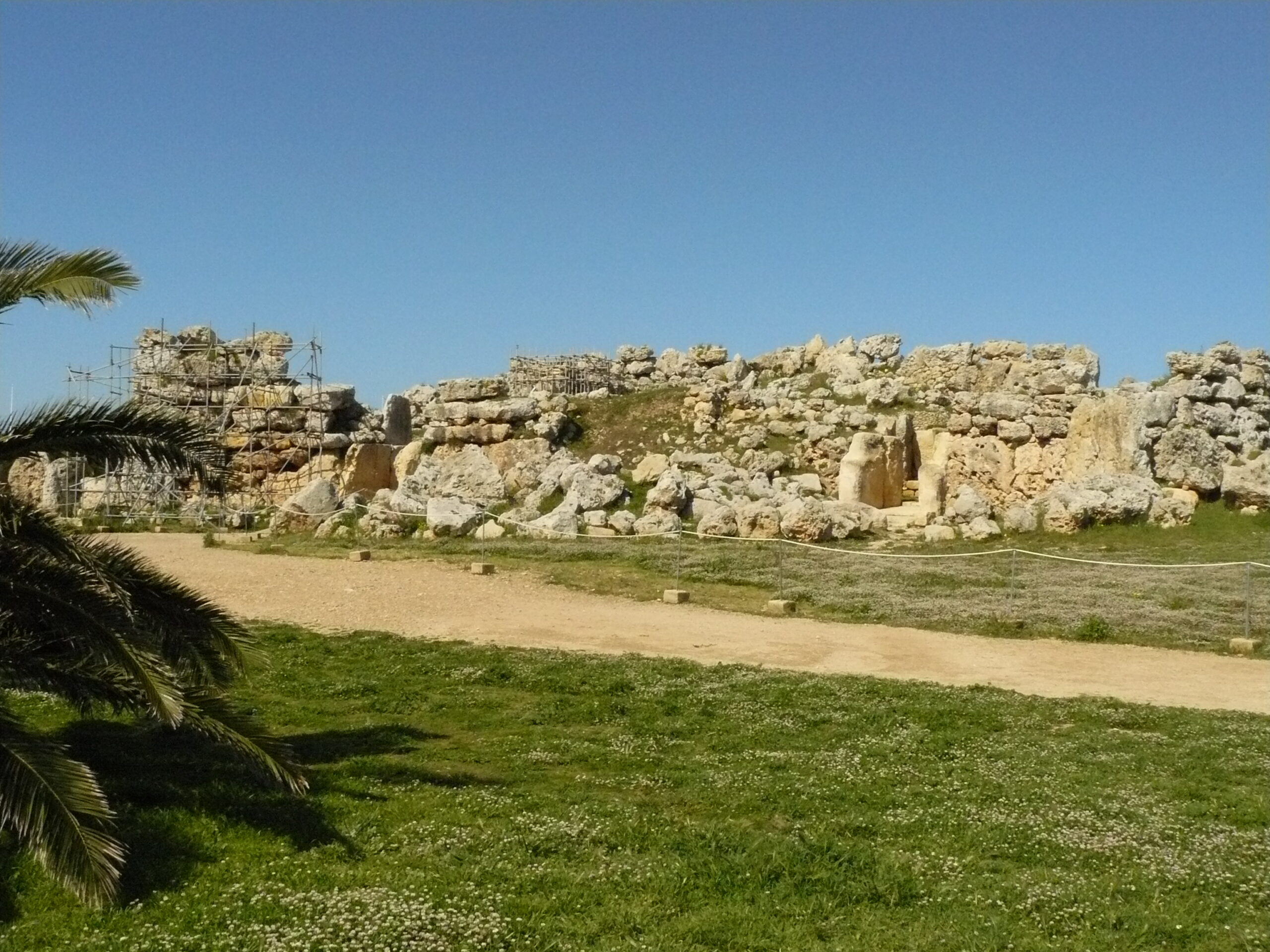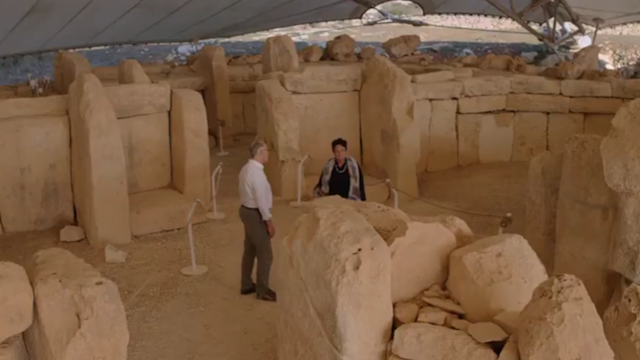Researcher Featured in "Sirius Rising" Episode Recounts How Her Work Was Misrepresented
When Malta temple researcher Lenie Reedijk watched Netflix's Ancient Apocalypse episode featuring her groundbreaking work, she discovered the disconcerting fact that her carefully researched astronomical findings had been twisted to support a theory she never endorsed. Consequently, she felt compelled to publish a detailed response, which is now available for download.
This isn't just a disagreement. Rather, it's an attempt to deflect attention from the real outcome of methodical astronomical research about Malta's megalithic temples and to manipulate the narrative so as to cover up the disparity.
The Mystification of Ġgantija

Hancock's episode focuses almost exclusively on Ġgantija temple. Nevertheless, this selective approach creates a misleading impression. Specifically, viewers are led to believe that this massive structure represents evidence of a "lost civilization."
The mystification includes:
- Suggesting Ġgantija was built by a more advanced civilising heroes from abroad, not local Stone Age people
- Ignoring the many other temples that in Reedijk's work predate Ggantija
Meanwhile, Reedijk's archaeoastronomical research proves that Ġgantija was actually the last temple to be built and that it represents the culmination of thousands of years of a normal human development of building skills.
The Medieval "Ancient Lore" That Wasn't Ancient
Perhaps most troubling is Hancock's use of supposedly very ancient Maltese folklore about giants to underpin his theories. However, Reedijk reveals that this "ancient lore" can actually not be older than medieval in origin, when the ancestors of the modernday Maltese peopled settled in the islands.
Maltese legends about the temples cannot predate this medieval settkement event. Additionally, the name "Sansuna" derives from the biblical Samson, and has nothing to do with ancient memories of advanced civilizations.
The episode's finale attempts to connect Malta with ancient Egypt through Osiris mythology. However, this connection relies on modern tourist marketing rather than historical fact. Specifically, the supposed "Eye of Osiris" on fishing boats actually represents traditional Phoenician protection symbols.
The Osiris myth presented suggests that this Egyptian god traveled the whole world, teaching civilizing skills. By implication this includes prehistoric Malta. However, no archaeological evidence supports such claims.

Eye on Maltese fihing Boat
Why This Critique Matters
Reedijk's detailed response serves multiple purposes. First, it protects legitimate research into Malta temple astronomy from sensational misrepresentation. And it shows how important it is to distinguish fact from fiction in our quest to uncover the truth about our ancient past.
The Downloadable Article
Reedijk's complete analysis is now available for download. The article also explores the broader implications of such misrepresentation.
Ultimately, Reedijk's critique stands as essential reading for anyone interested in Malta's prehistoric achievements. Moreover, it serves as a cautionary tale about sensational documentaries created for mass consumption.
You can listen to the audio below or download the whole document using the link below the audio
Do You Want To Find Out More?
Feel Free To Order the Book Here



Recent Comments